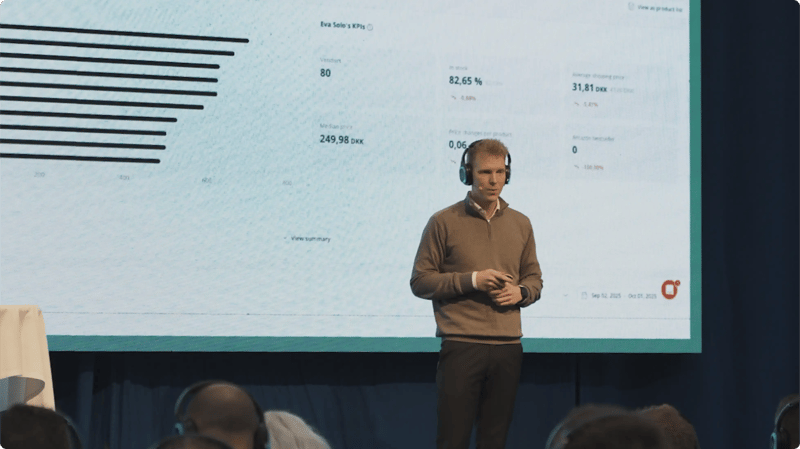Four key insights shaping the future of retail pricing
Four key insights reveal how to price smarter, protect margins, and stay competitive using data, digital maturity, and local market understanding.
At PriceShape, we speak with brands and retailers weekly who are trying to balance competitive pricing with healthy profit margins. The challenge isn’t just technology. It’s about using data correctly, understanding the market, and reacting fast when things change.
Here are four insights that can make a real difference to your pricing strategy.
1. It’s not about being the cheapest - it’s about having the right price
In a world where price comparison is only a click away, it’s easy to believe that being the cheapest always wins. But that’s rarely the case. The goal is to find the right price that reflects your product’s value, market demand, and business goals.
As we explain in our article The Power of the Second-Cheapest Pricing Strategy, data shows that being the second-cheapest often strikes the best balance between sales and margin. It keeps you competitive without eroding profit – and helps you avoid being pulled into a race to the bottom. This approach requires insight into competitor movements and the flexibility to adjust continuously. The result is a more stable and profitable pricing strategy.
2. Data is the key to better decisions
Data only matters when it leads to action. Many decisions are still made based on gut feelings or static spreadsheets, but the market shifts daily, making real-time insight essential.
PriceShape combines data from competitors, marketplaces, and product feeds in one place. This gives a clear view of where you stand in the market and where you can win. When you can follow price changes, stock levels, and promotions live, you can react quickly and make decisions that protect your margins while growing revenue.

3. Digital maturity is changing the rules
Retailers with higher digital maturity perform better, both in growth and efficiency. Research from sources such as BCG's Digital Maturity Assessment shows that companies investing in automation and data analysis see a significant increase in e-commerce sales.
Digital maturity isn’t just about technology. It’s about connecting systems, processes, and people. Retailers who use live data to optimize pricing, assortments, and campaigns across channels can respond faster than competitors. The outcome is smarter decisions, sharper pricing, and a stronger market position.
4. The market is going from global to local
Globalization has made retail markets larger but also more complex. Consumers now expect local relevance – in pricing, product selection, and communication. That means a strategy in one country rarely works unchanged in another.
According to Deloitte, understanding local markets is one of the strongest predictors of success in international e-commerce. Prices must reflect local competition, currency, shipping costs, and buying behavior. PriceShape helps retailers see these local differences clearly and act quickly, keeping a strong position in each market while maintaining a strategic overview.
Key takeaways
The future winners in retail will be those who replace intuition with insight. They focus on the right price, not the lowest, use data actively in decision-making, operate with high digital maturity and agility, and understand local markets within a global setup.
This approach helps brands and retailers protect margins, strengthen customer relationships, and achieve better results, even in a constantly changing market.

